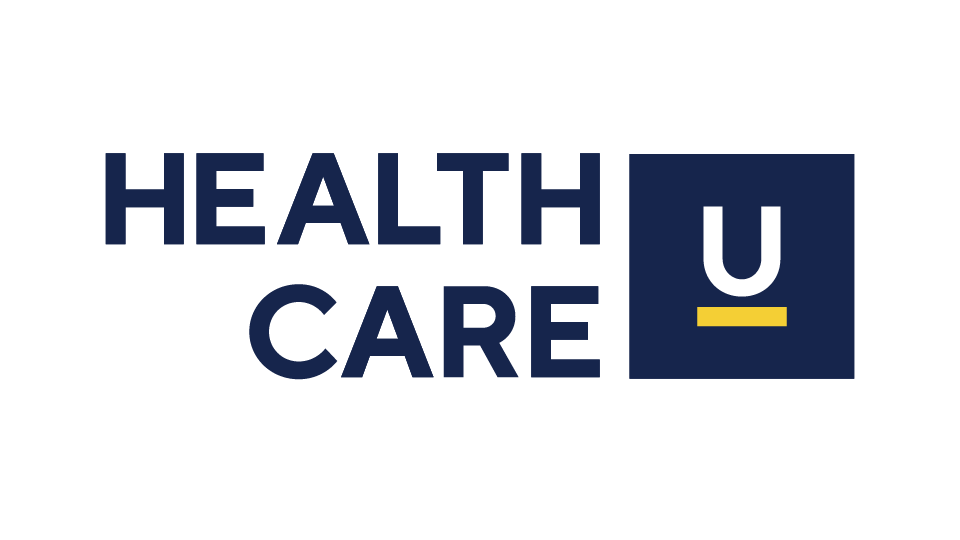Tired of watching the same sales rep topping the charts month after month and wondering what their secret is? The secret is out: the best pharma sales reps are topnotch communicators. Learn how to leverage communication strategies and take your pharma sales to the next level with HealthCare U.
Our unique training platform is the only one that helps new medical sales reps grow their communication abilities and accelerate their sales. Our courses offer hyper-relevant, on-demand sales training content specific to healthcare.
Strong communication is both a science and an art. It can define your success, or failure, in pharma sales. Follow our guide to key communication strategies for pharma reps and transform your skills for a higher return on sales.
Use Positive PR
Pharma sales involves making many cold calls and forging new relationships with potential clients. They don’t know you, so why should they trust you? Never underestimate the power of a good reputation when trying to make a first impression. Just like a good family name can open doors, so can a good company name. As you begin communication with a new prospect, leverage positive PR when possible.

How to use public relations in sales
If you work for an established, well-respected pharma company you need to lead with that. Among doctors, pharmacies, and other prospective clients, corporate reputation matters. Brief information on your company (positive customer feedback or sales trends, for example) in your introduction can communicate confidence and reason to trust.
By leveraging positive PR, you associate yourself with a name and organization that are trusted and respected. This communicates that you also can be trusted and respected.
Create Shared Expectations with Potential Clients
The Business Dictionary defines shared expectations as “a common understanding between the customer and the sales rep on one another’s concerns, needs, and requirements.” Further, the common identification of opportunities and risks become a solid foundation for a mutually beneficial relationship. These expectations play a key role in closing pharma deals.
In a nutshell, creating shared expectations means that you are communicating in such a way that you and your prospect are on the same page. This can be achieved with clear and concise language and transparent terms. Here are some communication tips for developing shared expectations in your next sales pitch:
- Come to a consensus on the customer’s needs or problems: State the customer’s pain point, as you perceive it. Give the customer a chance to expand on, or clarify the problem. Ask the customer to give you more details about their needs. Repeat this back to the customer so that they know you understand.
- Educate the customer on your product with firm facts: If your customer is unfamiliar with your product you need to briefly communicate the benefits, with facts, not fluff. This builds reasonable customer expectations.
- Be upfront and honest about your product from the beginning: Shared expectations is all about living in reality and communicating with honesty. Don’t build hype or make promises that you know your product cannot deliver on. Instead, communicate to your customer the pros and cons of your product. This open communication builds confidence and trust in you and your product.
- Invite and encourage questions for clarification from the prospect: To be on the same page with the customer, you need to resolve any questions or lingering doubt they may have.
- Create a shared definition of success: A win-win, mutually assured success, is the goal you want to communicate during your sales pitch. By listening and collaborating with your customer, outline terms for a shared definition of what success looks like. This communication builds a strong foundation for customer buy-in and an ongoing relationship.
Bring Value
Doctors and potential clients are very busy. The single thing that they are seeking in an interaction with a pharma sales rep is a message about value. How is this information and product of value to me?
There are two ways to approach this important part of communication. One is communicating value that enhances quality of care during an office visit, and the other is value that improves outcomes and supporting research efforts. Doctors wear many hats; some are solely concentrated on best products for patient care, but others are under pressure to submit research.
Find out what your prospects’ objectives are, and what information will be of most value to them. For example, Devin Paullin, Executive VP of Physicians Interactive wants, “to share product information and important data that could be used in a clinical care situation or referenced for research.” To him, this is, “one offering that brings both direct and long-term value to patients” (Pharma Voice).
How to Communicate with Your Client
When you take the time to tailor your sales pitch to communicate value, the prospect perceives this communication as relevant, useful, and respectful. They are more likely to engage in the presentation, request more information, even make a purchase. When you explicitly communicate value, you create a reason for an ongoing sales relationship.
Don’t miss your opportunity to launch your sales with improved communication strategies, continue to learn more at HealthCare U.
1 Comment. Leave new
[…] This is also one way to start picking up on what skills you will need in the field, such as key communication skills. Shadowing is great for experience, but also for more […]


Leave a Reply